Back to Courses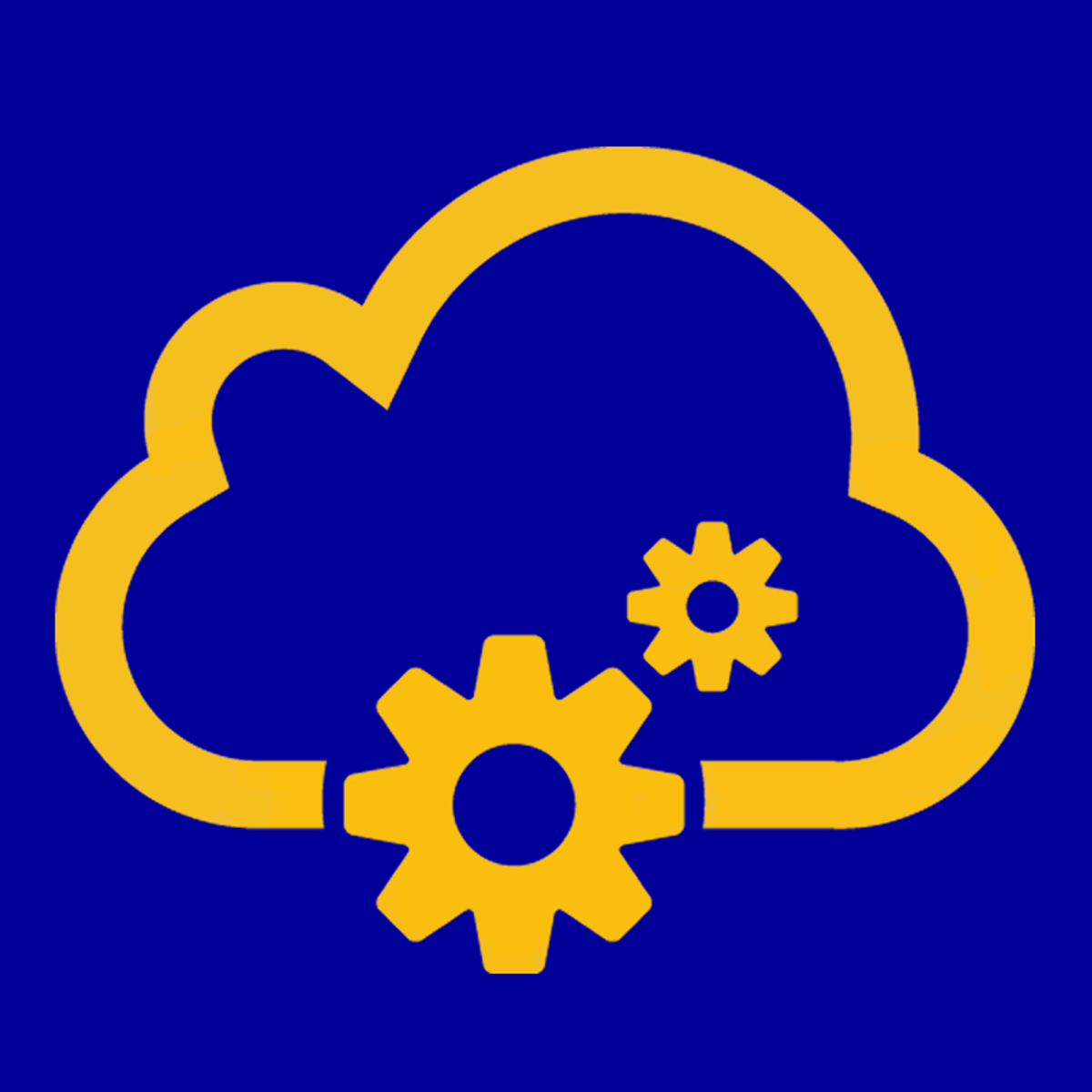


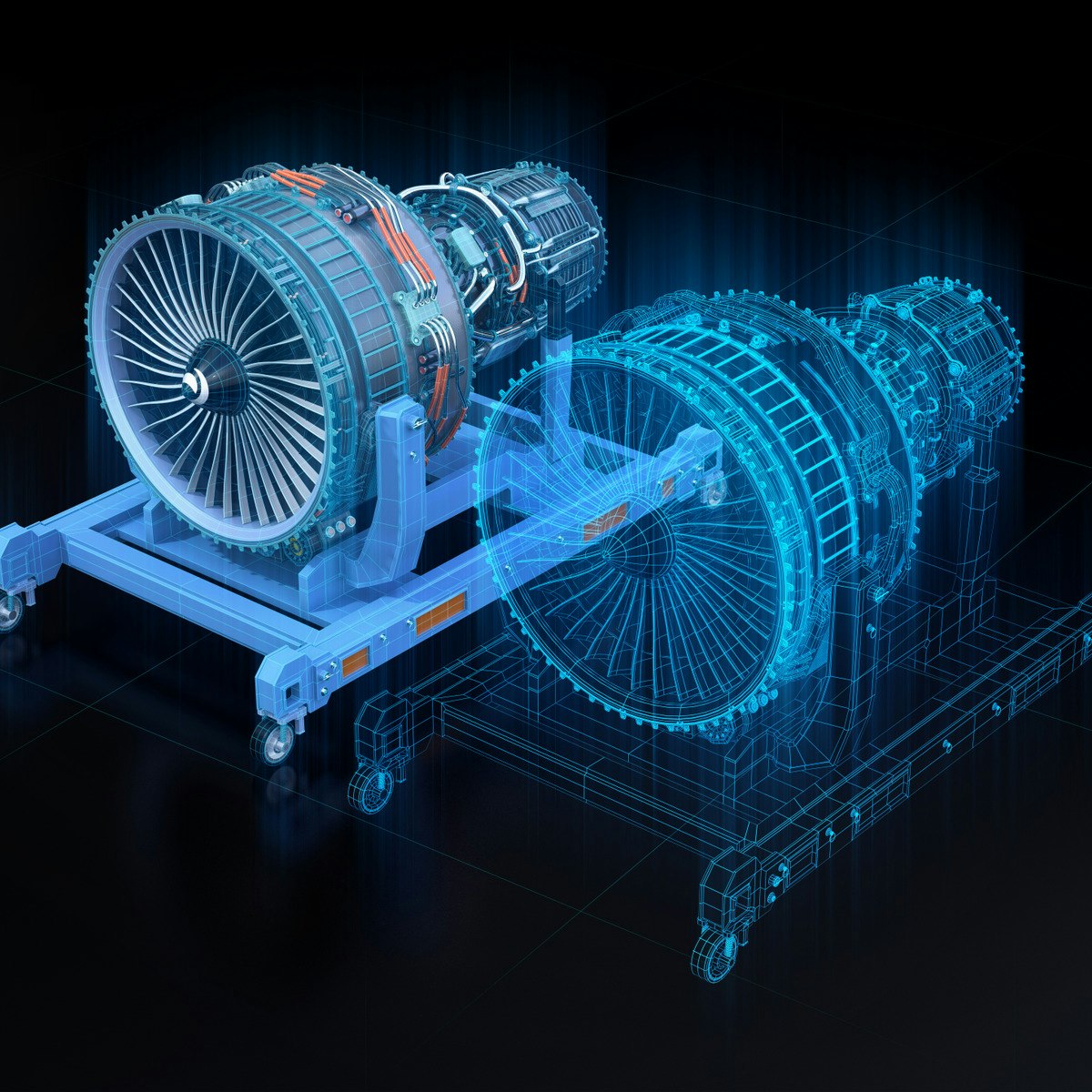

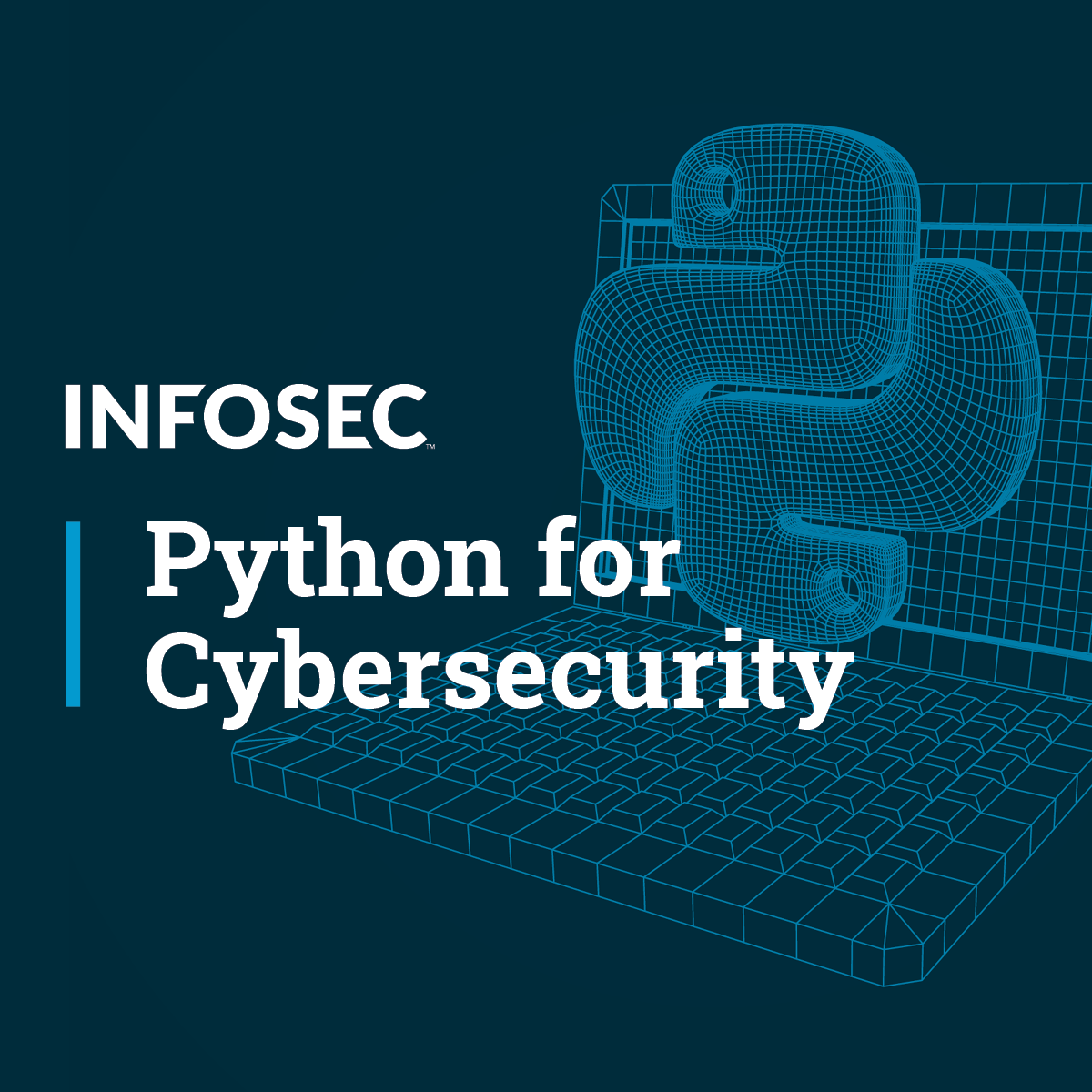
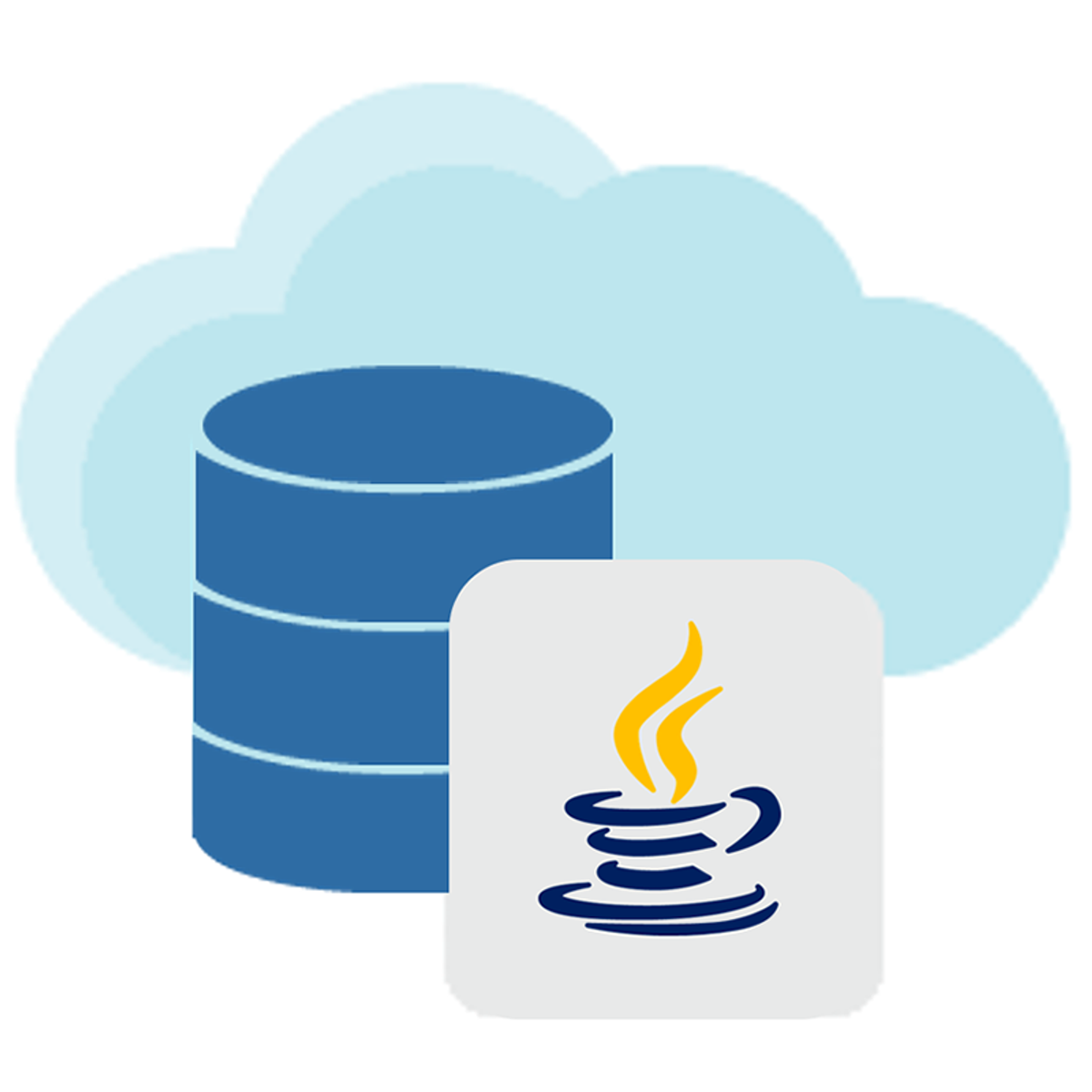

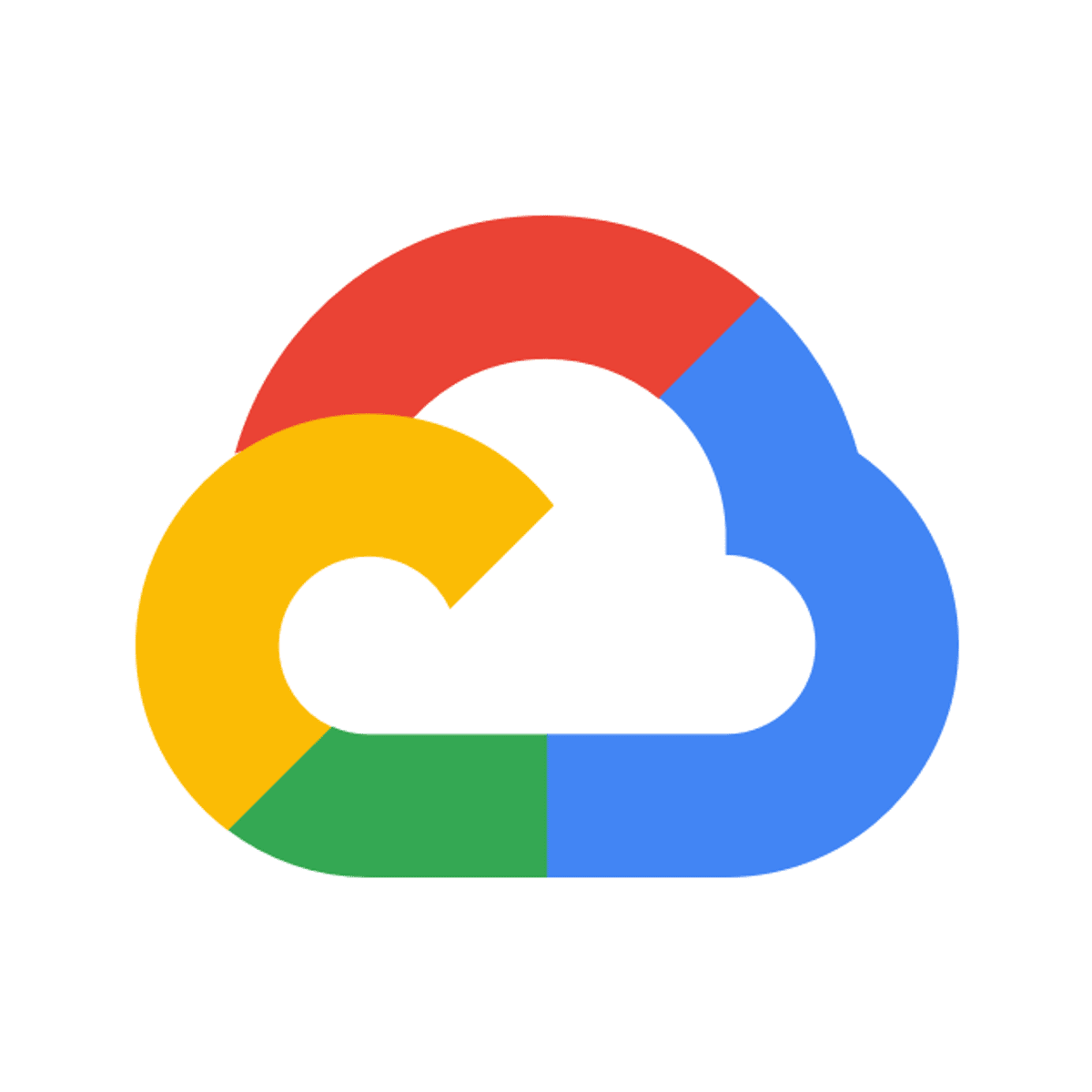
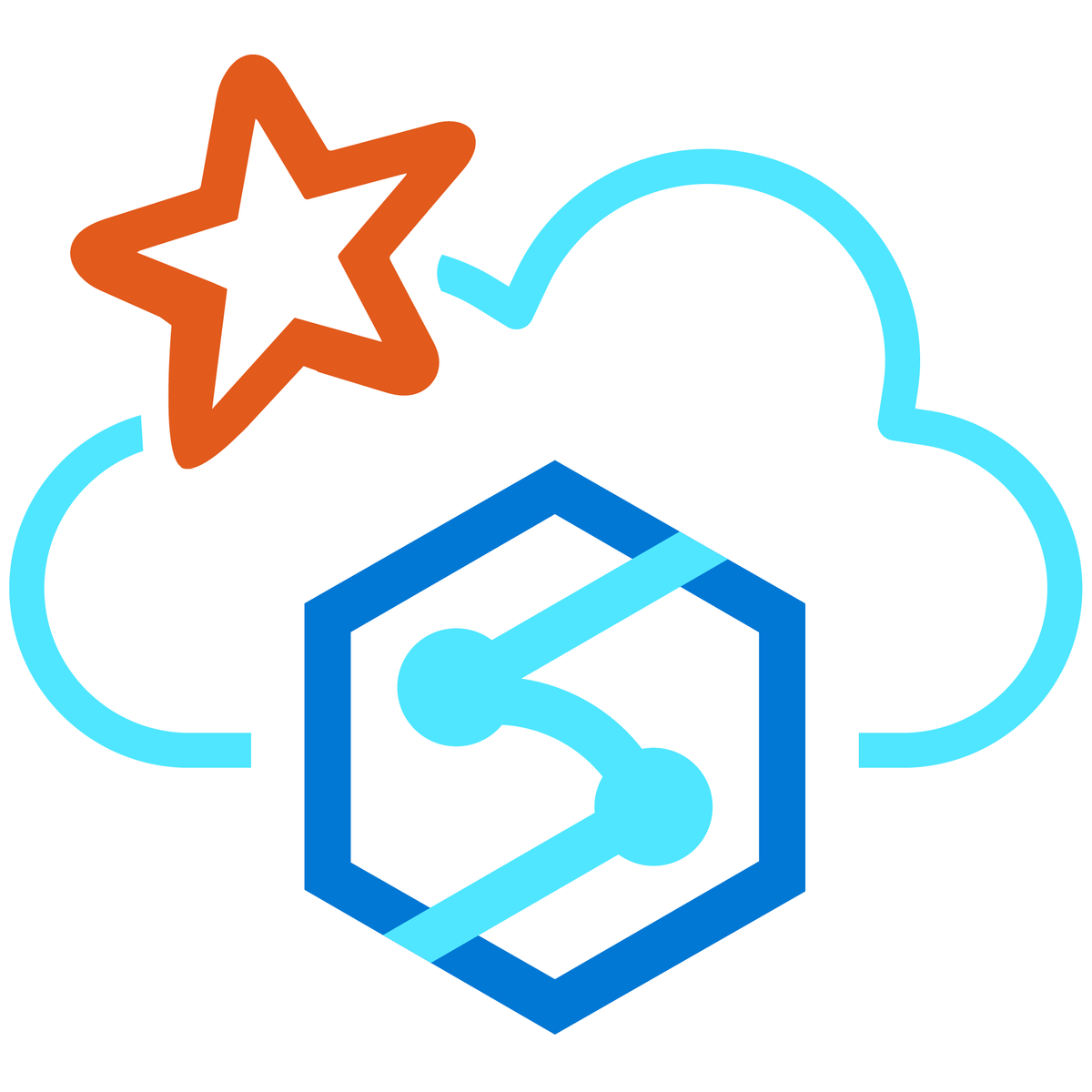
Information Technology Courses - Page 93
Showing results 921-930 of 1471

SOAP Web Services with JAX-WS
This course introduces JAX-WS, SOAP, and XML. We'll discuss best practices and the behind the scenes details of SOAP and XML, before moving on to JAX-WS endpoints, clients, and Web Services. Through the course we'll be utilizing labs to practice and create our own projects.

MySQL with Information Technology
In this project you will explore how MySQL fits into information systems. You will become familiar with MySQL features as you explore database management system options and participate in hands-on exercises using MySQL Workbench to create and populate a table in a MySQL relational database.
Note: This course works best for learners who are based in the North America region. We’re currently working on providing the same experience in other regions.

Two Major Models of running containers in AWS
Welcome to this Project about “Two Major Models of running Containers in AWS”. This Project will be focusing on one of the many types of computing in AWS, called “Container Computing”. To understand the benefits of AWS Products and services, which relates to Containers, you need to understand what ‘Containers’ are and what benefits ‘Container Computing’ Provides. In this Project, you are going to get a chance to make a ‘Container’.
If you are looking to deploy applications across multiple machines and platforms, Containers and virtual machines (VMs) are two of the top approaches in use today. Both can help your IT team become more agile and responsive to business demands. Both are used to host applications. Before containers came along, the “virtual machine” was the technology of choice for optimizing server capacity, but Virtual Machines had some drawbacks.
I f you run a virtual machine, say with 4 GB RAM and 4 GB disk, the operating system can easily consume 60 - 70% of the disk and much of the available memory, leaving relatively little for application which run in those Virtual Machine. But Containerization handles things in a different way. Instead of running a whole ‘operating System’ for each application, containers run as a process. So if you could run 5 applications using ‘Virtualization’, you will be able to run 15 applications using ‘Containerization’.
This Project will help you to learn different ways of running “containers” in AWS. There are two different ways to run “containers” in AWS. One is using “EC2 instance” and other using “ECS Fargate”.So this Project has two major parts. In the first part, you will learn to create a docker image and test that image by running on a container, and once you verified your docker image works, you are going to upload it to “DockerHub”, which is a popular online resource for uploading docker images for others to access, either public or specific private individuals.In the second part of this project, you will learn to create an ECS cluster with Fargate cluster mode, and will deploy the container we created, into Fargate Cluster. So you are going to get some practical experience of how to deploy real container into a Fargate Cluster.
There is a lot to get through though. so let’s get started!!
Note: This course works best for learners who are based in the North America region. We’re currently working on providing the same experience in other regions.

Digital Twins
In this course, learners will be introduced to the concept of Digital Twins, learn how it is applied in manufacturing, and what businesses should consider as they decide to implement this technology. Considerations include information technology infrastructure, the business value of implementing Digital Twins, and what needs to happen across the organization to ensure successful implementation.
Learners will hear from industry experts as they share their perspectives on the opportunities and challenges of implementing Digital Twins, how Digital Twins is being implemented in their companies, and insights on the future of this technology within their industry and across manufacturing.
The content presented in this course draws on a number of real-life interviews and case studies, and was created through a partnership with Siemens.

Share Data Through the Art of Visualization
This is the sixth course in the Google Data Analytics Certificate. These courses will equip you with the skills needed to apply to introductory-level data analyst jobs. You’ll learn how to visualize and present your data findings as you complete the data analysis process. This course will show you how data visualizations, such as visual dashboards, can help bring your data to life. You’ll also explore Tableau, a data visualization platform that will help you create effective visualizations for your presentations. Current Google data analysts will continue to instruct and provide you with hands-on ways to accomplish common data analyst tasks with the best tools and resources.
Learners who complete this certificate program will be equipped to apply for introductory-level jobs as data analysts. No previous experience is necessary.
By the end of this course, you will:
- Examine the importance of data visualization.
- Learn how to form a compelling narrative through data stories.
- Gain an understanding of how to use Tableau to create dashboards and dashboard filters.
- Discover how to use Tableau to create effective visualizations.
- Explore the principles and practices involved with effective presentations.
- Learn how to consider potential limitations associated with the data in your presentations.
- Understand how to apply best practices to a Q&A with your audience.

Credential Access, discovery, lateral movement & collection
This course covers credential Access, discovery, lateral movement & collection.

Jakarta Persistence (JPA)
This course takes the student through a variety of labs exploring the interaction between Java Object Domain Models and Relational Database Tables, this is becoming the standard approach for database access in Java Applications. The course will illustrate how using meta data annotations, you can map domain objects to database tables, and class properties to columns in those tables for CRUD operations. The student will use numerous Query strategies to retrieve data from a database and consume the data in their applications with minimal effort. The course will talk about the how these meta data annotations can also map compositional and inheritance relationships between classes and a database schemas.

Configure Dynamic Routing with RIP in Packet Tracer
In this 1-hour long project-based course, you will learn how to Design, Create and Configure Network topology using Packet Tracer. You will learn to configure Dynamic Routing using the Routing Information Protocol (RIP v1). You will get an Introduction to Packet Tracer and different components available in Packet Tracer. You will learn to configure your devices both using the Command line and GUI. You will also learn to trace the packets over different networks and you will learn to stimulate your network topology in the simulation mode.
Basics of Networking is recommended.
Note: This course works best for learners who are based in the North America region. We’re currently working on providing the same experience in other regions.

Cloud Endpoints: Qwik Start
This is a self-paced lab that takes place in the Google Cloud console.
In this lab you'll deploy a sample API with Google Cloud Endpoints.

Data Engineering with MS Azure Synapse Apache Spark Pools
In this course, you will learn how to perform data engineering with Azure Synapse Apache Spark Pools, which enable you to boost the performance of big-data analytic applications by in-memory cluster computing.
You will learn how to differentiate between Apache Spark, Azure Databricks, HDInsight, and SQL Pools and understand the use-cases of data-engineering with Apache Spark in Azure Synapse Analytics. You will also learn how to ingest data using Apache Spark Notebooks in Azure Synapse Analytics and transform data using DataFrames in Apache Spark Pools in Azure Synapse Analytics. You will integrate SQL and Apache Spark pools in Azure Synapse Analytics. You will also learn how to monitor and manage data engineering workloads with Apache Spark in Azure Synapse Analytics.
This course is part of a Specialization intended for Data engineers and developers who want to demonstrate their expertise in designing and implementing data solutions that use Microsoft Azure data services for anyone interested in preparing for the Exam DP-203: Data Engineering on Microsoft Azure (beta). You will take a practice exam that covers key skills measured by the certification exam.
This is the sixth course in a program of 10 courses to help prepare you to take the exam so that you can have expertise in designing and implementing data solutions that use Microsoft Azure data services. The Data Engineering on Microsoft Azure exam is an opportunity to prove knowledge expertise in integrating, transforming, and consolidating data from various structured and unstructured data systems into structures that are suitable for building analytics solutions that use Microsoft Azure data services. Each course teaches you the concepts and skills that are measured by the exam.
By the end of this Specialization, you will be ready to take and sign-up for the Exam DP-203: Data Engineering on Microsoft Azure (beta).
Popular Internships and Jobs by Categories
Browse
© 2024 BoostGrad | All rights reserved


